Planting and watching seeds grow is a fantastic spring science activity for children. Kids can start with a bean or seed in a jar to watch it germinate, observe seedlings and finally become a fully grown plant.
Vegetable or herb seeds work well, as they can be eaten afterwards!
A common problem when growing plants is insects, slugs and snails eating them. One way to protect plants from pests is to put them in a greenhouse. If you don't have a large greenhouse, you can make a mini version inexpensively using a plastic bottle or cup. Greenhouses also help protect plants from the cold.
Building a mini greenhouse is a great activity for learning the conditions needed for seeds to grow into healthy plants. It also offers opportunities for observing, describing, measuring, and recording data.
Make a DIY Mini Greenhouse
You'll need
Sellotape
Seeds or seedlings
Ideas for greenhouse materials
Empty clean plastic bottle
Empty clear CD cases
Plastic cup or container
Instructions
First, you need to design your mini greenhouse. Think about its properties: It must let air and sunlight in and keep rain and wind out.
Once you've designed your greenhouse, have a go at making it.
Greenhouse Design Sheet
Use my free greenhouse design sheet to design and evaluate your greenhouse!
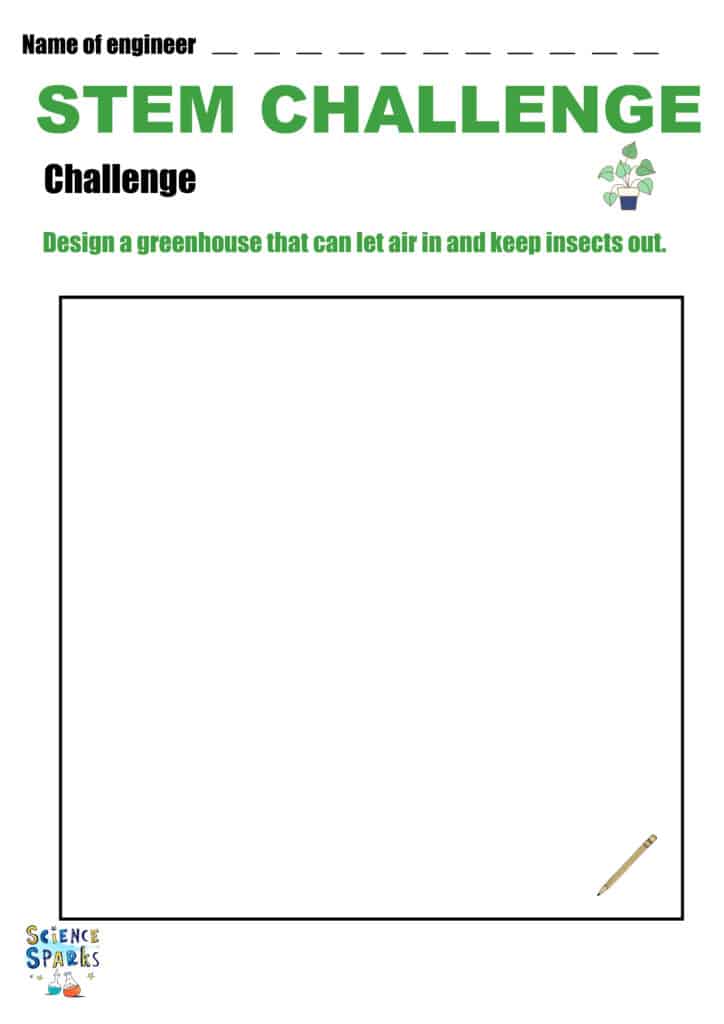
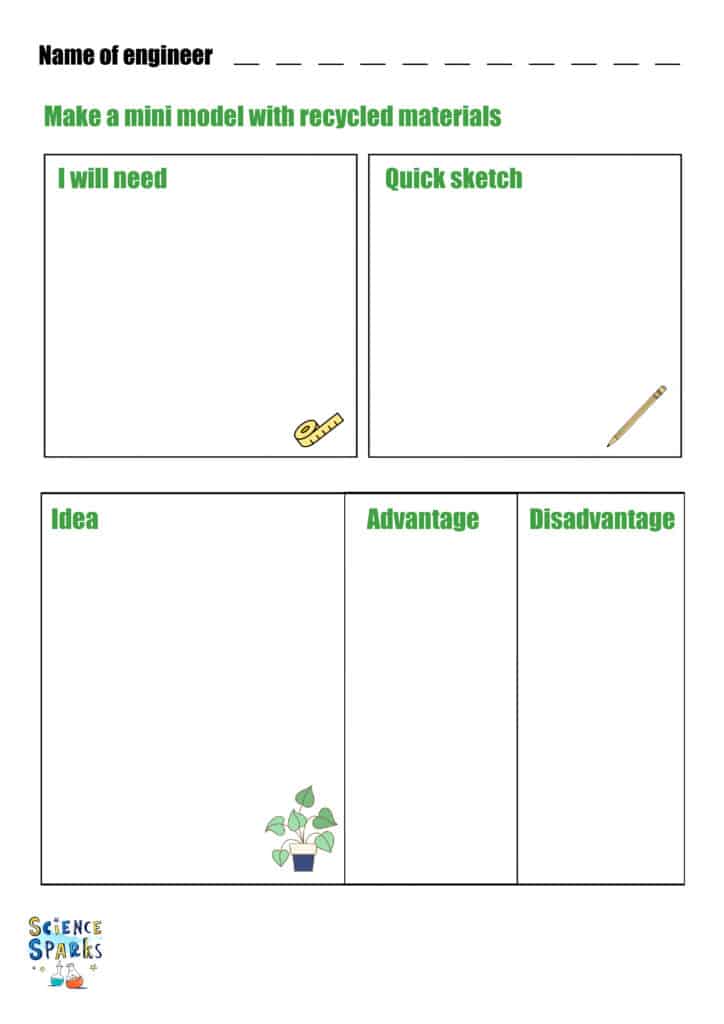
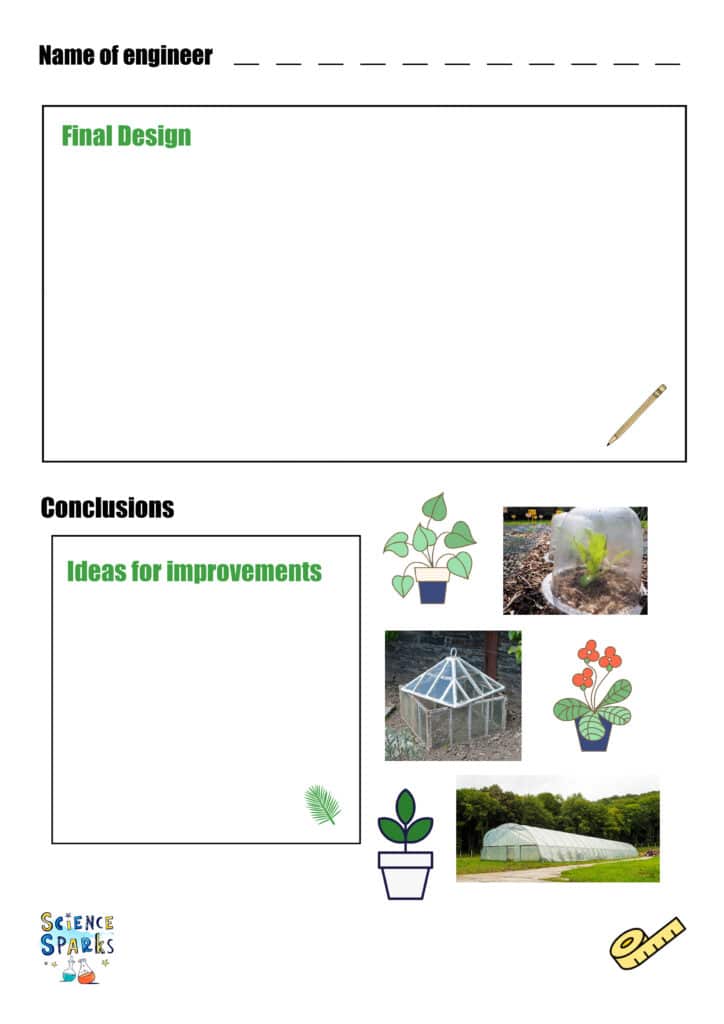
Greenhouse ideas
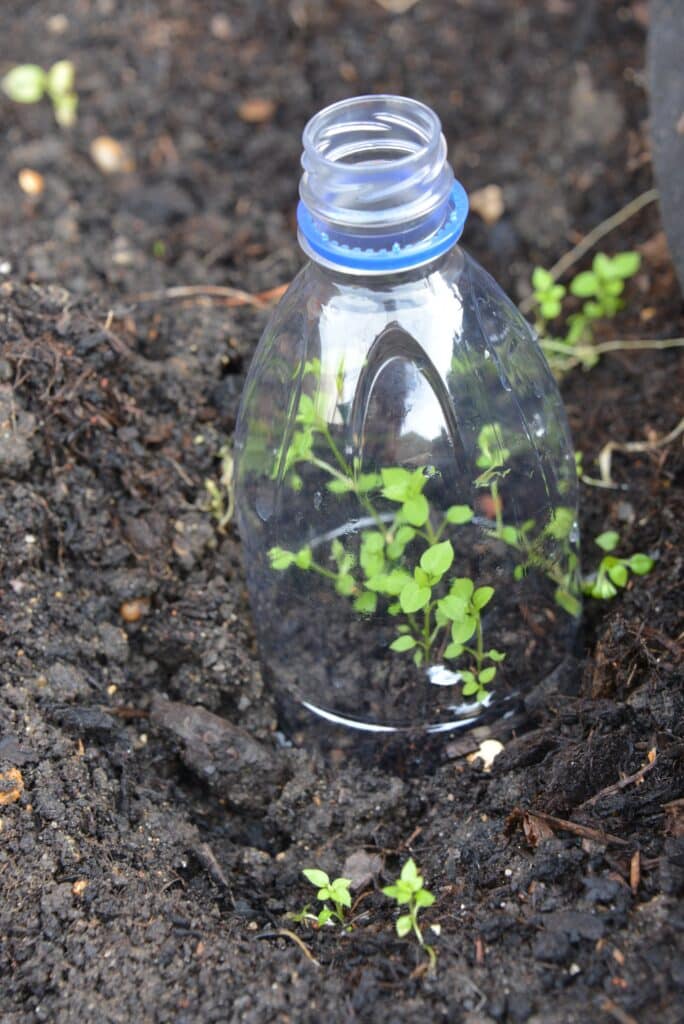
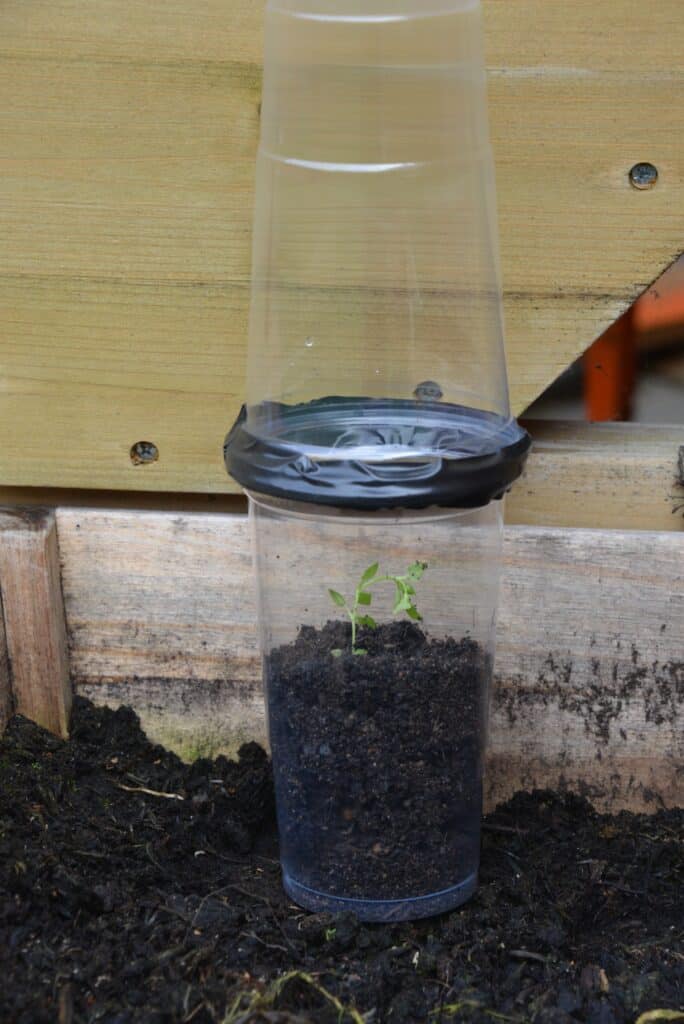
Most plants need light and water to grow. Plants use light energy from the Sun to make energy, a process called photosynthesis.
Questions to think and talk about
How big should your greenhouse be?
Where should you put the greenhouse? Think about the conditions a plant needs to grow.
How could you improve the design of your greenhouse? Can you find a way to let air in while keeping insects out?
Can you spot roots and leaves?
Extra Challenges
Create labels for your plants, think about how to make them waterproof.
Make a rain gauge using a plastic bottle.
Grow a cress caterpillar! If you grow some cress in the light and some in the dark, you'll find the leaves of the plant grown in the dark are yellow. This is because they can't make chlorophyll ( the green pigment ) without light.
Have a bean race with friends to see who can grow the tallest bean.
Learn about the structure and function of flowering plants with a plant dissection.
Plants need moisture, air, and the correct temperature to germinate. A hands-on way to learn about germination is to grow a bean in a jar.
Science concepts
Germination
Photosynthesis
Plant Science
Last Updated on March 6, 2025 by Emma Vanstone

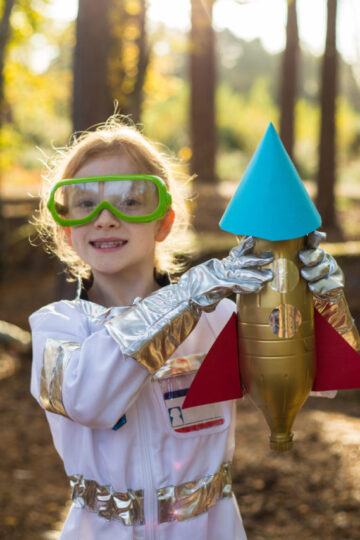

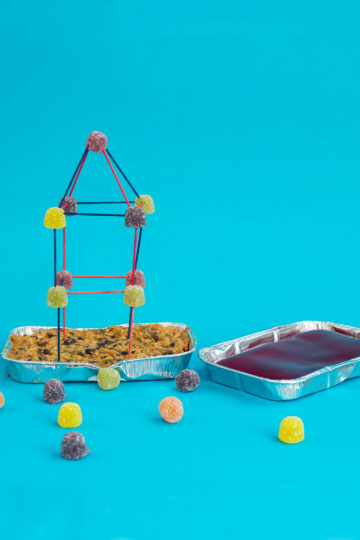
Leave a Reply